Is Clamshell Packaging Recyclable?
Clamshell packaging, which is often used for items like fresh produce, baked goods, retail products and shipping trays, is 100% recyclable but it depends on the material type and your local recycling facilities capabilities.
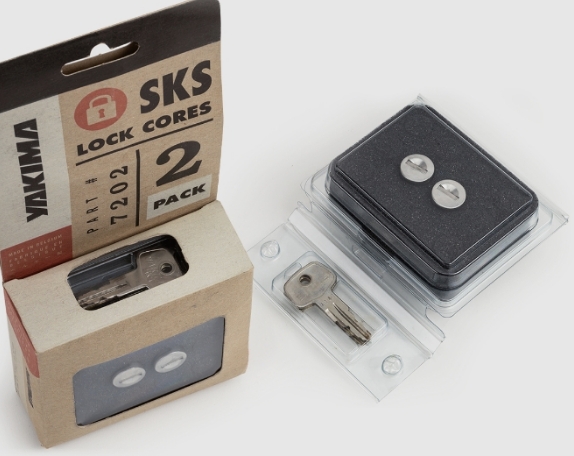
Clamshell packaging is named for its hinged, shell-like structure. It’s lightweight, durable, and designed to protect its contents. Clamshell packaging is popular for several reasons. It’s clear, which allows consumers to see the product inside without opening the container. It’s also relatively cheap to produce and can be sealed to maintain freshness, making it an attractive choice for food items and consumer goods. Clamshell packaging in many applications can be reusable, and it typically offers a lower overall carbon-footprint than competing packaging options.
Clamshell packaging can be made from many different types of materials. Here are some key points to consider:
Material Type:
- PET (Polyethylene Terephthalate): The most common material used for clamshell packaging and is generally recyclable. PET has the recycling code #1 and is the most commonly recycled plastic in the world.
- PETG (Polyethylene Terephthalate Glycol): Typically used for packaging of medical related items. It can be sterilized using Ethylene Oxide (EtO) or gamma radiation. It can also be sealed using heat or radio frequency (RF). It is less likely to be recycled and is identified using the recycling code #7, also known as “other” which is less desirable.
- PVC (Polyvinyl Chloride): Less commonly used but can also be found in clamshells. PVC can be sealed using RF or heat. It is less likely to be recycled, but it does have its own unique recycling code of #3.
- Other Plastics: Sometimes clamshells are made from other types of plastic for specialized applications that may not be recyclable in all areas.
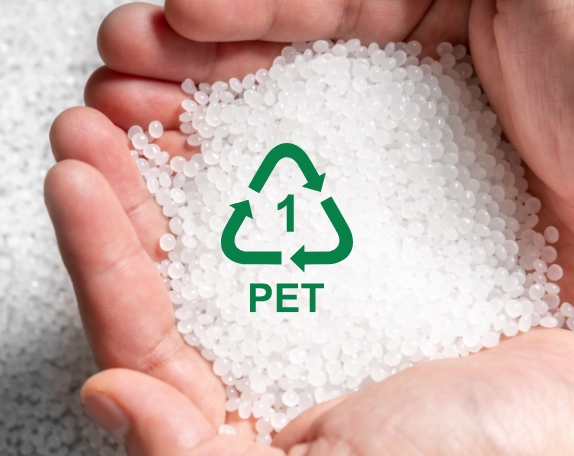
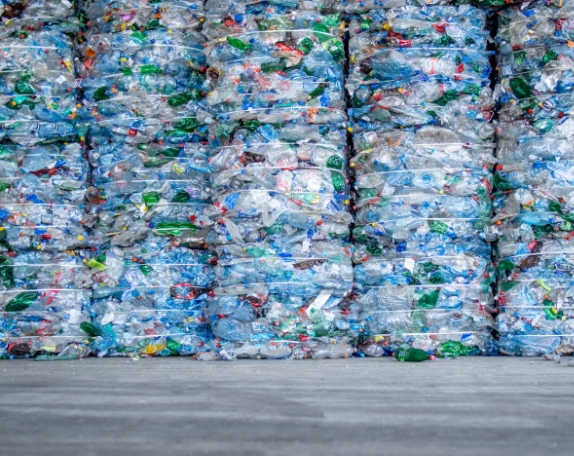
Local Recycling Facilities:
Not all recycling programs accept clamshell packaging, even if it is made from recyclable materials. It’s important to check with your local recycling facility to see if they accept the specific type of clamshell packaging you have. In addition, the bulk density of a PET clamshell may differ from PET bottles, making it challenging to process them together. Local recyclers are rapidly adding optical and infrared sorting and processing technology that will significantly increase recycling percentages for all plastics, including clamshell packaging. In addition, new developments in technologies such as Advanced Recycling (Advanced recycling: A different way to handle used plastics and ExxonMobil of Energy Invests in Second Eastman Recycling Project) will significantly increase the amount of plastics that are recycled.
Preparation for Recycling:
- Clean the clamshell packaging thoroughly to remove any food residue or other contaminants.
- Remove any labels or adhesive stickers, as these can interfere with the recycling process.
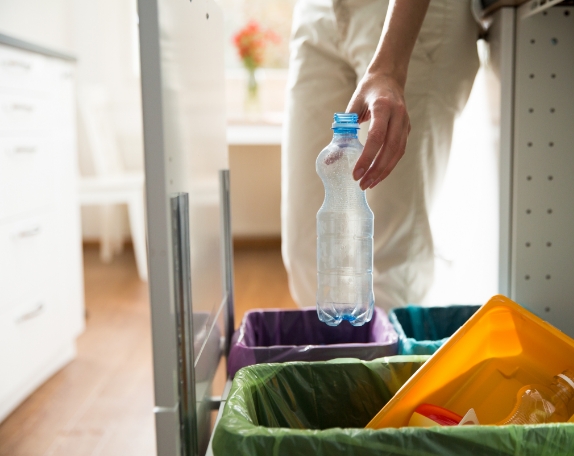
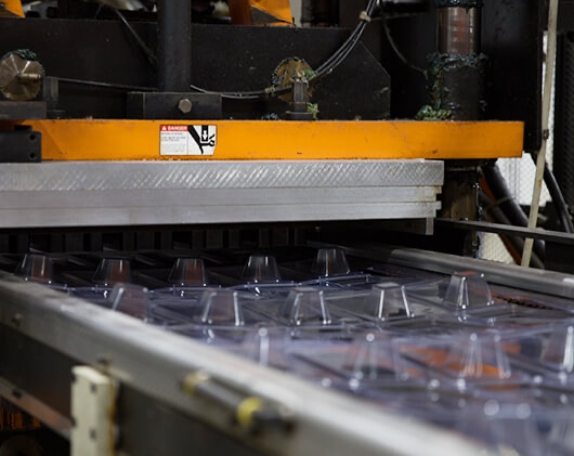
Different Manufacturing Processes:
PET bottles and clamshells are both made of PET plastic, but they are produced using different manufacturing processes. Bottles are created through blow molding, while clamshells are made using thermoforming. These distinct processes result in different grades of PET products, potentially making them incompatible. However, there is more demand than supply for all types of recycled PET.
Recycling Efforts:
Despite these challenges, PET clamshells are recyclable. In 2018, over 100 million pounds of PET thermoform material were recycled in the U.S. To find local recycling solutions for plastic clamshells, you can use the Earth911 Recycling Search by entering your ZIP code1.
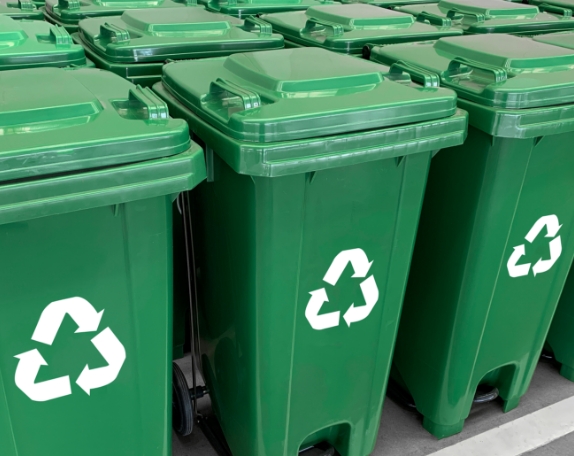
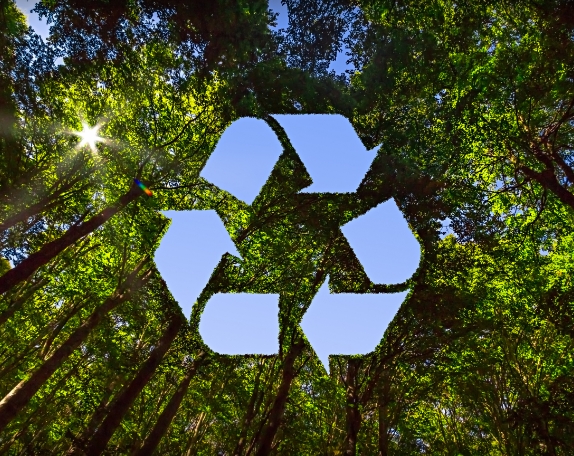
Biodegradable and Compostable Alternatives:
There is a growing interest in biodegradable and compostable alternatives to traditional clamshell packaging. These materials are designed to break down more easily and have a lesser impact on the environment. In the right environment, this could be a benefit for all of us. Unfortunately, in North America, there are less than a handful of industrial composting facilities that can effectively compost these materials. In almost all applications, biodegradable and compostable alternatives are less likely than their plastic counterparts to be recycled and nearly all of them end up in a landfill resulting in more greenhouse gas emissions.
The Role of Consumers in Recycling:
Consumers must play a crucial role in the recycling process. Proper disposal and recycling habits can greatly increase the chances of clamshell packaging being recycled.
To aid in recycling efforts, consumers should:
- Rinse out any food residue from clamshell containers before recycling.
- Remove paper that is stuck to any plastic.
- Check with their local recycling program to see if clamshell packaging is accepted.
- Look for and purchase products with packaging that has clear recycling instructions.
Increasing consumer awareness about recycling can lead to more pressure on manufacturers to use recyclable materials and on governments to improve recycling facilities. When consumers demand better options, it can lead to significant changes in packaging practices.
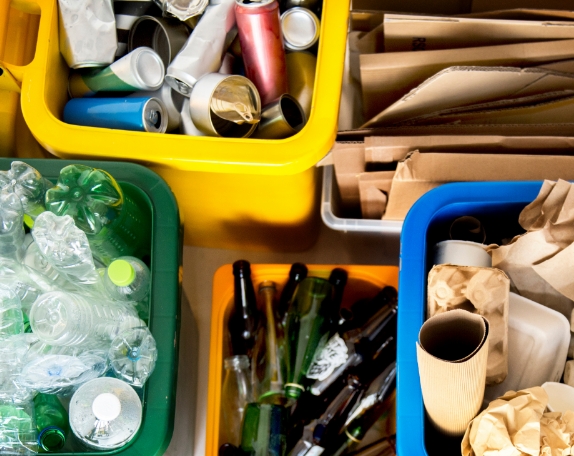
Ready to Get Started?
Request Quote
and/or Samples
Contact sales for volume pricing and
access to free samples for testing and
prototyping.
Contact a
Packaging Specialist
For help finding the best package for
your application or creating one that
is customized to your specific needs.
Shop Our
Online Store
For immediate access to our stock
packaging tubes, clamshells,
containers, caps and more.
